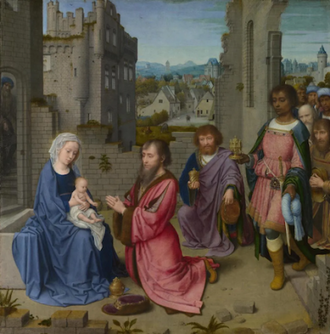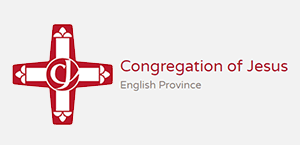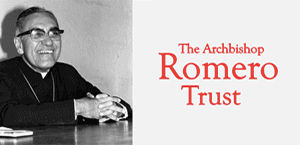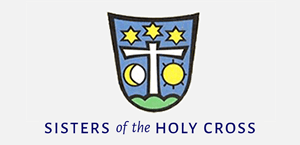Gospel in Art: The Epiphany of the Lord

The Adoration of the Magi, by Gerard David, 1515 © National Gallery, London
Source: Christian Art
Gospel of 7 January 2024
Matthew 2:1-12
After Jesus had been born at Bethlehem in Judaea during the reign of King Herod, some wise men came to Jerusalem from the east. 'Where is the infant king of the Jews?' they asked. 'We saw his star as it rose and have come to do him homage.' When King Herod heard this he was perturbed, and so was the whole of Jerusalem. He called together all the chief priests and the scribes of the people, and enquired of them where the Christ was to be born. 'At Bethlehem in Judaea,' they told him 'for this is what the prophet wrote:
And you, Bethlehem, in the land of Judah,
you are by no means least among the leaders of Judah,
for out of you will come a leader
who will shepherd my people Israel.'
Then Herod summoned the wise men to see him privately. He asked them the exact date on which the star had appeared, and sent them on to Bethlehem. 'Go and find out all about the child,' he said 'and when you have found him, let me know, so that I too may go and do him homage.' Having listened to what the king had to say, they set out. And there in front of them was the star they had seen rising; it went forward, and halted over the place where the child was. The sight of the star filled them with delight, and going into the house they saw the child with his mother Mary, and falling to their knees they did him homage. Then, opening their treasures, they offered him gifts of gold and frankincense and myrrh. But they were warned in a dream not to go back to Herod, and returned to their own country by a different way.
Reflection on the painting
The traditional date for the feast is January 6. However, since 1970, the celebration has been held in some countries on the Sunday after January 1. The Feast of the Epiphany is the feast which commemorates the manifestation of God to the Gentiles. This manifestation began when the Wise Men from the East came to Bethlehem to pay their respects and offer their gifts to the newly-born king of the Jews.
In our painting by Gerard David from circa 1515, we see the three kings, traditionally named Caspar, Melchior and Balthasar, presenting their gifts to the Christ Child who has his arms wide open ready to receive the gifts. Gold is offered as a symbol of kingship on earth; frankincense as a symbol of deity, as incense rises up to heaven; and myrrh, an embalming oil, as a symbol of death. Myrrh was also used to embalm Christ's body as it was laid in the tomb. We see a clear depiction in our painting of each of the magi in isolation, and therefore we can focus on each one separately and meditate on what unique gift he brought to Jesus and its symbolism.
This is a day on which we too can bring our gifts to the Christ Child: the gift of music, the gift of writing, the gift of playing sports well, the gift of family life, etc…. All the things we enjoy, we can bring and place before Christ, in the realisation that they came from him in the first place anyway. Many of us in these past days will have been giving and receiving Christmas gifts. It is in fact often a better feeling to give something, than to receive. There's no better feeling than finding the perfect gift for someone, wrapping it beautifully, and then watching their face as they unwrap it. It brings joy to our friends to receive, and it brings us an immense joy to give.
But the ultimate gifts we can bring to Christ are our trust, our love and our worship. These are gifts that are far more valuable than gold, frankincense, and myrrh. Like the Christ Child in our painting, he would receive them with open arms!
LINKS
Gospel in Art: https://christian.art/
Today's Reflection: https://christian.art/daily-gospel-reading/matthew-2-1-12-2024/


















